The Climate Commission’s recent report pointing to Queensland as a potential solar energy powerhouse has caused a bit of a traditional brouhaha in the opinion pages of the press and online journals.
Nothing like a bit of biffo as we say here at SQ headquarters (particularly in the wake of a grand final weekend) so we thought we’d examine the argument, squeeze out more on a favourite theme (government inaction on renewables) and have a bit of a rant ourselves. [Read more…]


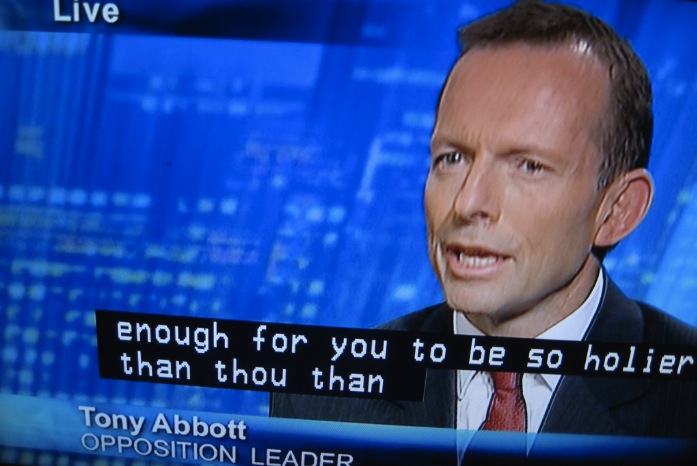
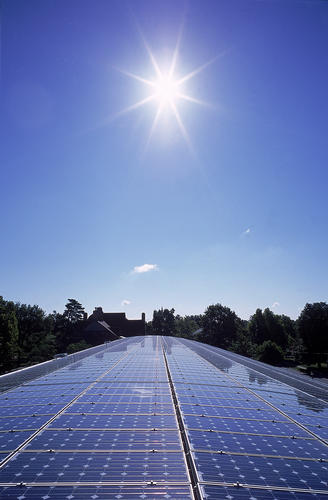

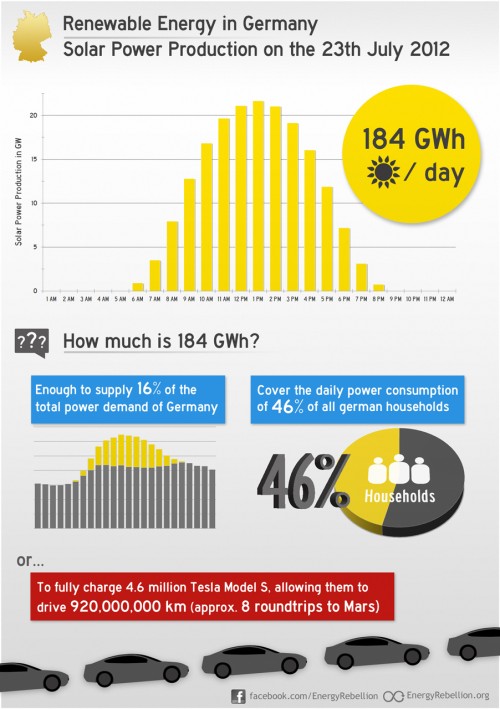

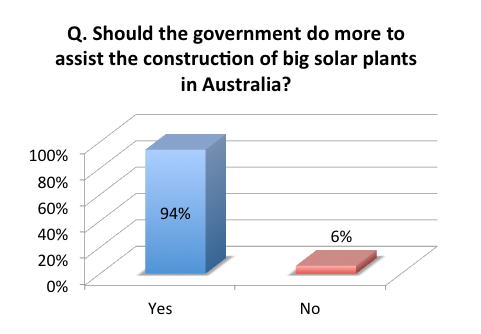


 RSS - Posts
RSS - Posts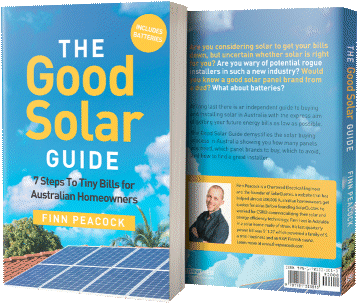


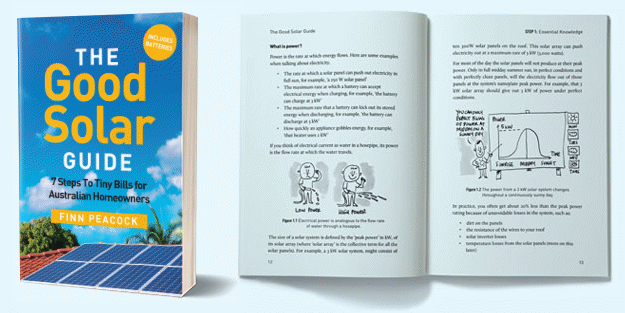
Currently Raging Debates: